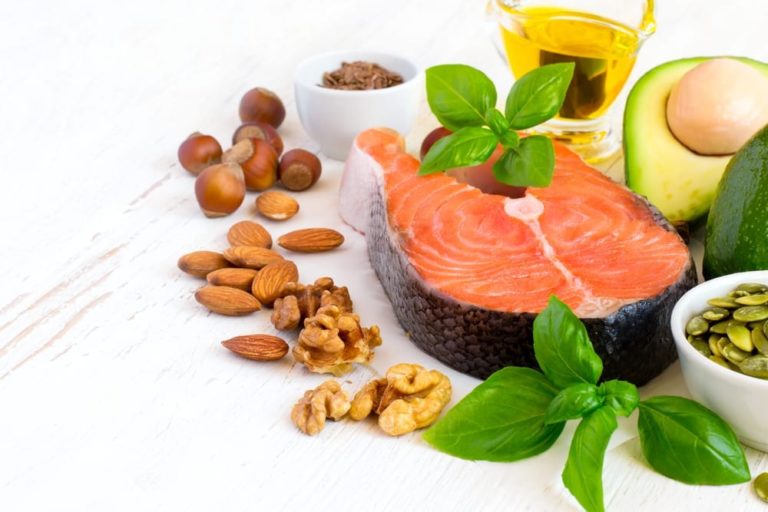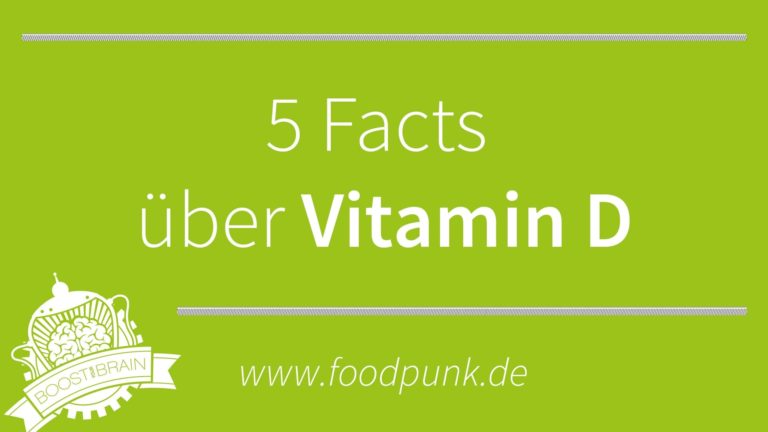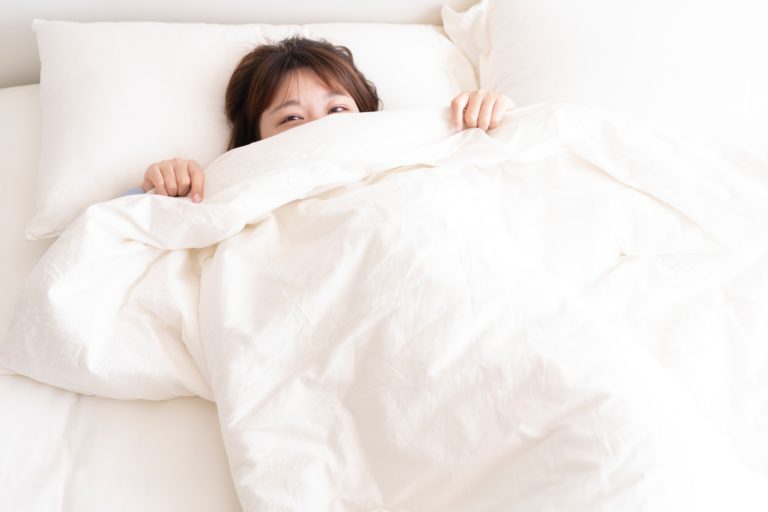Sure! Carbohydrates are pasta, rice, potatoes. Everybody knows it! But do you really know what a carbohydrate molecule looks like?
How are carbohydrates structured?

Table of contents
Carbohydrates belong to the macronutrients. While micronutrients are only found in small amounts in our food, the 3 macronutrients – proteins, carbohydrates and fats – make up the majority of our diet and provide our bodies with energy. Depending on how we eat, macronutrients end up on our plates in varying amounts. For example, what happens in the body when virtually no carbohydrates are consumed, you can read in the article“What happens in the metabolism without carbohydrates?“.
To help you understand why your metabolism behaves differently on different diets, it’s important to take a look at the basics. The better you know the “individual parts”, the easier it is for you to understand the “big picture”.
Let’s take a completely non-judgmental look at carbohydrates. What do they look like?
Carbohydrates come in various sizes.
The smallest unit is a simple sugar. Here we are talking about a single carbohydrate molecule. When 2 carbohydrate molecules are joined, we speak of a double sugar. The different monosaccharides can be combined in a wide variety of ways, resulting in a wide variety of disaccharides. There is an even greater variety in the multiple sugars. For such a so-called polysaccharide, thousands of simple sugars can be linked in various combinations. Strands that are too long or networks that are too complex.
Du möchtest dich auch gesünder ernähren?

1. monosaccharides - simple sugars
Probably the best known monosaccharides are glucose, fructose and galactose. These three all have a backbone of 6 carbon atoms (C). Associated with this are hydrogen atoms (H), an oxygen atom (O) and so-called hydroxy groups (OH), consisting of an oxygen atom (O) and a hydrogen atom (H).
Surely you have seen a sum formula before. This indicates which atoms and how many of them are hidden in a molecule. In our case, it indicates how many carbon, hydrogen, and oxygen atoms are in a molecule of said carbohydrates.
- Glucose C6H12O6
- Fructose C6H12O6
- Galactose C6H12O6
As you can see, for all the listed simple sugars, the molecular formula is exactly the same. They each consist of 6 carbon atoms, 12 hydrogen atoms and 6 oxygen atoms.
We can only see the difference when we take a concrete look at the structure of these carbohydrates. There are several ways to display the structure. The so-called Fischer projection shows the molecule in the open-chain form:

As a rule, however, the simple sugars form a closed ring. This is best represented using the Harworth notation . And this is how it looks:

A simple sugar can form a “pyranose” or “furanose” ring. Pyranoses are rings consisting of 5 carbon atoms and one oxygen atom. Furanoses are rings consisting of 4 carbon atoms and one oxygen atom. The remaining carbon atoms are outside the ring. Shown are pyranose structures.
2. disaccharides - twofold sugars
The variety of dual sugars is enormous. For example, 2 glucose molecules can be combined in 11 different ways to form a disaccharide. Known disaccharides are maltose, sucrose and lactose.
- Maltose C12H22O11
- Sucrose C12H22O11
- Lactose C12H22O11
Here, too, the molecular formulae are identical at first, and it is not possible to identify the simple sugars from which the disaccharides are made up.
- Maltose = glucose + glucose
- Sucrose = Glucose + Fructose
- Lactose = Galactose + Glucose
And this is how the structure of these 3 disaccharides looks like:

3. polysaccharides - multiple sugars
Surely you’ve heard of glycogen before. Starch and dietary fiber are also terms used almost every day. Glycogen is stored in the muscle and liver of humans and animals. It is, so to speak, the storage form of glucose. Many glucose molecules are linked and broken down as needed. Fungi also use glycogen for energy storage.
By starch, we mean vegetable starch that humans can use for energy production. Primarily, it serves the plant itself to store energy.
We also absorb dietary fiber through plant foods. Like starch, they are made up of many, many simple sugars. However, they are connected in a special way so that humans cannot break them down during digestion. Dietary fiber is therefore often referred to as indigestible carbohydrates.
- Glycogen = branched chain of glucose molecules.
Up to 50,000 glucose building blocks are linked to a central protein (glycogenin). - Starch consists of
- 20-30 % from amylose = unbranched chain of glucose molecules
- 70-80% from amylopectin = branched chain of glucose molecules
- Dietary fiber can
- be water-soluble, such as locust bean gum
- be insoluble in water, such as cellulose
- consist of complexly linked carbohydrate building blocks
Always stay up to date with our Newsletter.
If basic nutrition science interests you and you’d like to learn more, feel free to post a comment!
Similar posts by Foodpunk

Maybe you have heard of the so-called AIP in connection with autoimmune diseases - read here what exactly is behind it!

I'm sure you've heard about the importance of omega-3 fatty acids, perhaps pay attention to eating fatty sea fish or even take fish oil capsules. But why exactly are omega-3 fatty acids relevant for the body?

What is a refeed suitable for? – The daily bite of knowledge
A refeed is useful for all people who follow a very low-carbohydrate diet (under 30-50 g of carbohydrates per day) for a longer period of time and do this diet for more fitness, well-being and a weight loss.

5 Facts about Vitamin D – The Daily Bite of Knowledge
For what do we need the vitamin? What does this have to do with cholesterol? Learn more about it here!

The 4 best dietary supplements – The daily bite of knowledge
Which preparations can make sense? Kick yourself in!

Eating out – Paleo Restaurants, Low Carb Cafés and much more – in Germany, Austria and Switzerland
Together with our community, we want to create the ultimate list of foodpunk-worthy restaurants in Germany, Austria and Switzerland for you.

Do only calories really count?
Proper nutrition has such an effect on us that I think it's a shame how often the influence of nutrition is left out of disease treatments.

Do you know why sleep is also important for losing weight and too little sleep is bad for you? Here we explain it to you!
